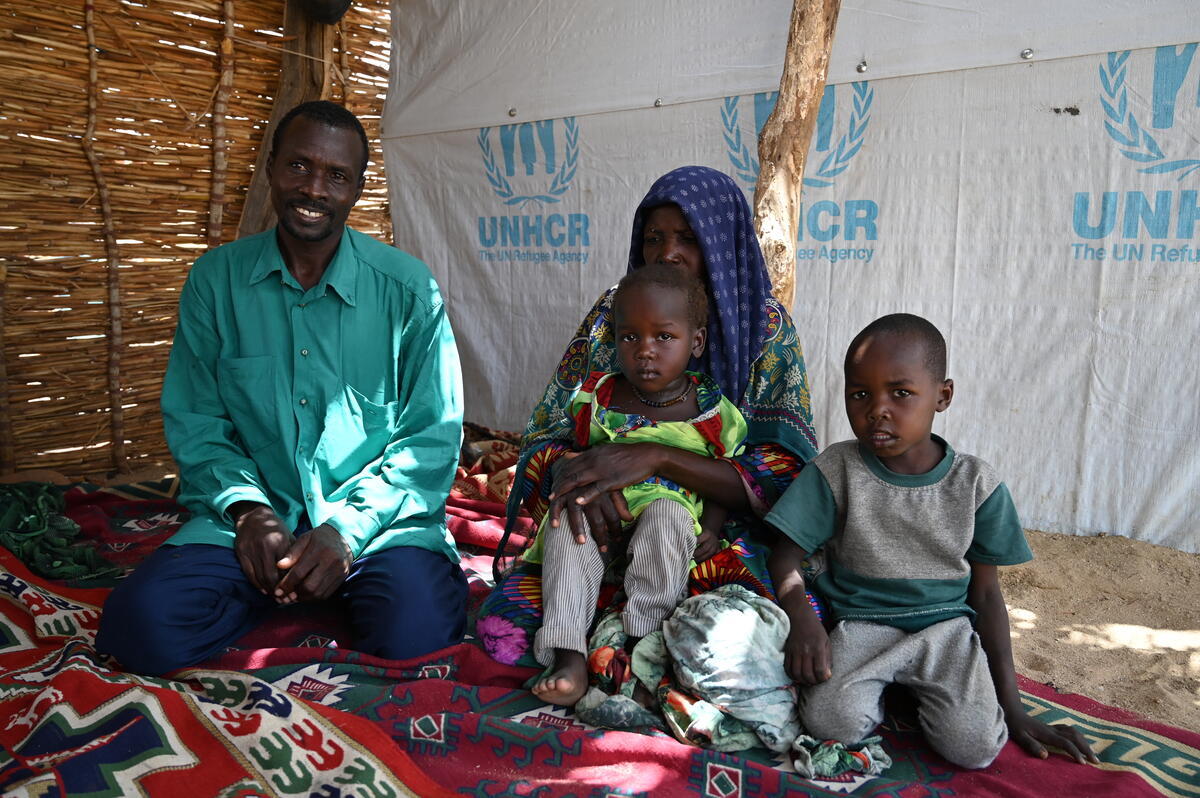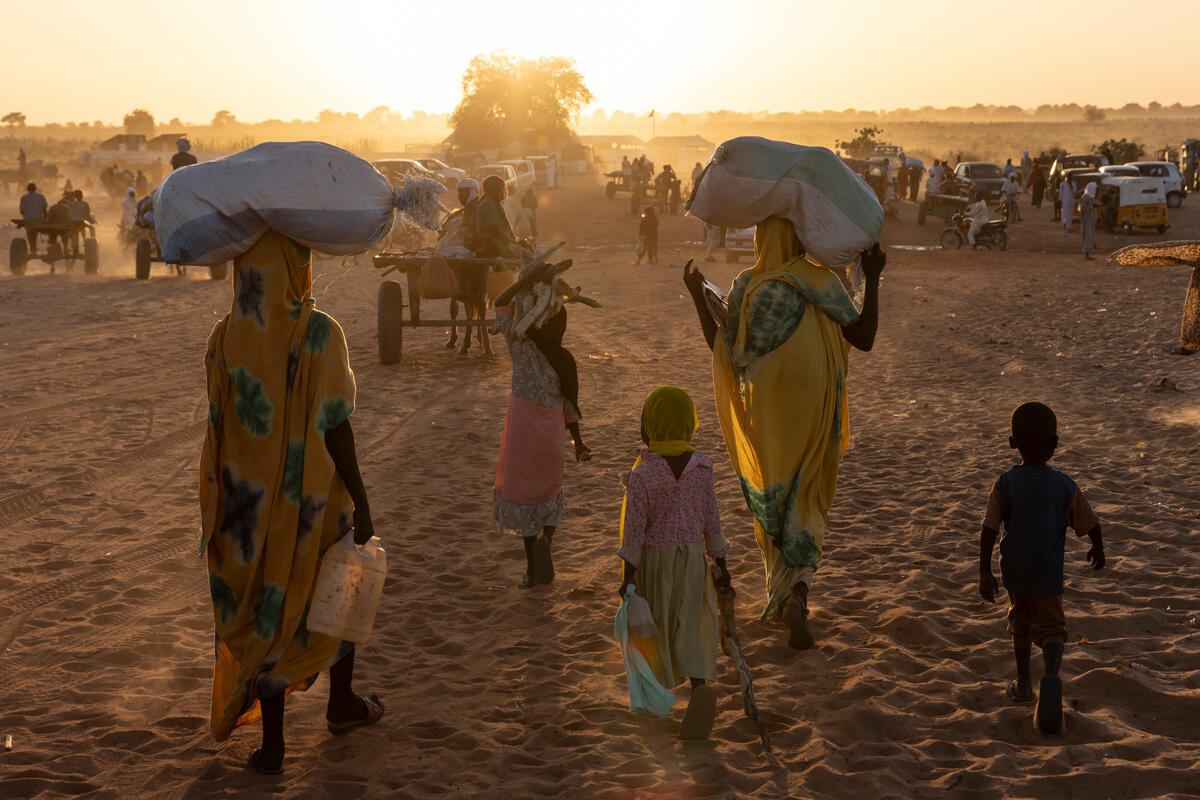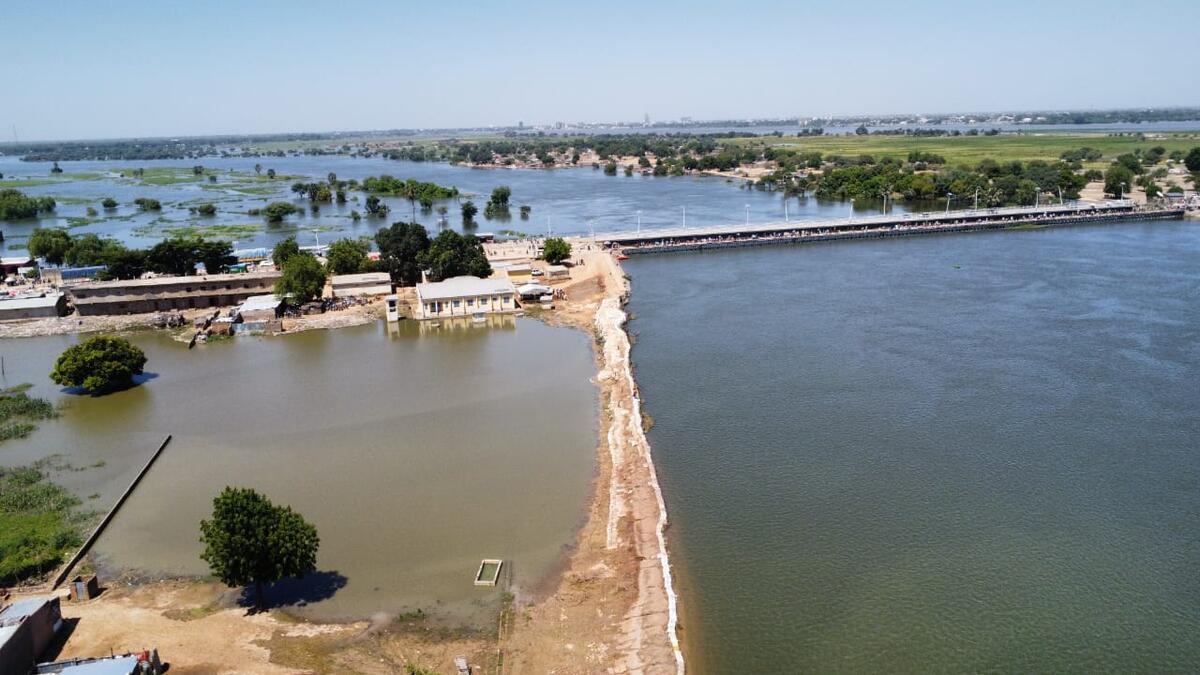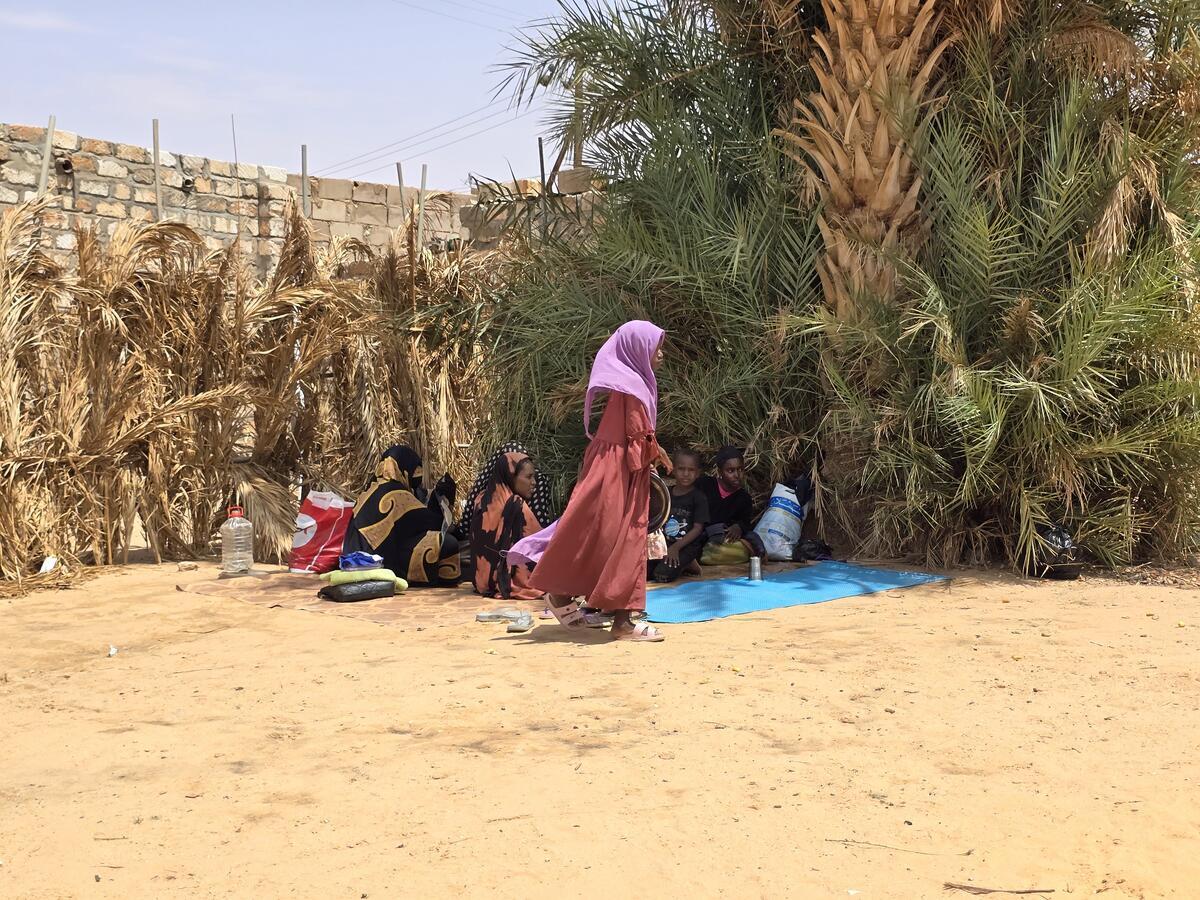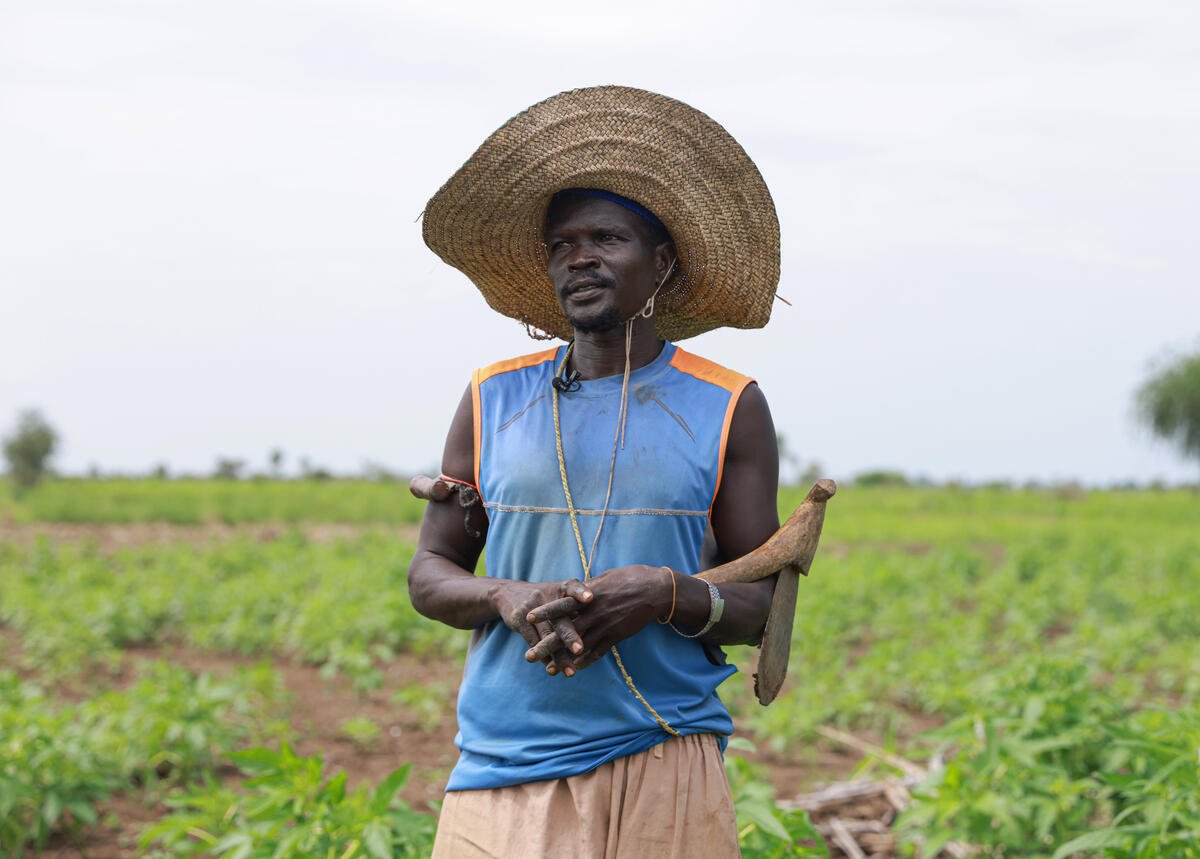UNHCR starts projects to help local population in eastern Chad
UNHCR starts projects to help local population in eastern Chad

ABECHE, Chad, June 28 (UNHCR) - "One who is starving can't hear anymore. We don't have good water, and because of the drought, the grazing lands are empty and our cattle died. We need food."
Life has always been hard in Chad, one of the poorest countries in the world. But as a community leader told UNHCR and government representatives during a recent visit to the east, the arrival of more than 200,000 refugees from Sudan's Darfur region in the last two years had not helped the situation.
While the Chadians have welcomed the traumatized refugees with a lot of generosity, the presence of thousands of new people who are receiving regular assistance from the international agencies has also provoked, after a while, some tensions with the poverty-stricken local population.
Recognising this, the UN refugee agency is working with the World Food Programme, UNICEF and the Chadian government to better assist the local population in eastern Chad, in addition to taking care of the refugees from Darfur.
UNHCR has now decided to allocate five percent of its operational budget in eastern Chad to finance quick impact projects which will directly benefit the Chadian population.
Priority will be given to food security, agriculture, health and water, as well as education and vocational training. With the rainy season getting closer, UNHCR and WFP have already started distributing sorghum seeds to families in villages, making sure the population will not have to consume the little reserves they have left for feeding their families.
In Adré, located at the border with Sudan, UNHCR has started to fund the building of a school for the local community. "The walls are erected now and the school should be operational in the next weeks," said Jean-Marie Garelli, UNHCR's senior programme officer in eastern Chad. "We work closely with the Chadian Ministry of Education on these kinds of projects."
UNHCR also plans to fund the construction of a school in Birak, 275 km north-east of eastern Chad's capital Abéché and home to some 15,000 Chadians. A total of 212 girls and boys have been attending classes in a single room with very basic furniture - chairs are made of dried mud, shelves of makeshift materials, and a wall painted in black that is used as a blackboard.
Education is a serious business here and is very popular among Birak's children, according to Khall Ignabe Tcholina, director of the elementary school and the only teacher in the village. "This simple classroom was built by the parents," he said. "A year ago they decided to go ahead and build the school from scratch, in a building they don't even own. After all, it was better than no school at all."
The small building belongs to peasants who used it to store grains but who agreed to lend it to parents for one year so that their children can have a place for basic education. Birak's residents are now turning to UNHCR to get funding to build a bigger and more permanent structure.
Not far from Birak are the Mile and Kounoungo refugee camps, which together host 28,000 refugees. The small town was the first stop in Chad for thousands of refugees who fled attacks by armed militia and aerial bombings in Darfur in 2003 and 2004. Some of the refugees found a safe haven with their relatives in Chad. Close neighbours, usually separated from Chadians only by a wadi (dry river bed) considered as an international border, suddenly became refugees. Chadian villagers shared their food with them, and frequently offered them space in their modest homes until they moved to a camp.
In some cases, the villagers gave refugees who had decided to remain near the border, access to their fields so that they could also cultivate, and did not hesitate to share the grazing lands for their animals. But the influx of thousands of refugees added to the impact of three years of drought. Chadian communities say that the price of food has risen, that water and firewood resources are scarce, and that in some areas, grazing lands have disappeared while the cattle that survived are struggling to find something to eat.

A UNHCR team, together with Chadian government representatives, recently visited small communities and met with leaders and villagers to make sure the populations who need them most will benefit from UNHCR's quick impact projects such as installing wells and distributing seeds. These are meant to complement already existing programmes for Chadians, like WFP's "food for work" projects and the distribution of food to school children.
Projects planned for the coming months include the building and repairing of primary schools, the rehabilitation of health clinics in remote areas of eastern Chad, and the distribution of seeds for the rainy season. UNHCR is also thinking of equipping health centres with communication materials such as radios so that health staff can be in direct contact with the nearest hospital in case of emergency. The quick impact projects will cover 10 community projects in Ouaddai, Wadi-Fira and Bet, the three departments that make up eastern Chad.
By Ginette Le Breton in Abéché, Chad

